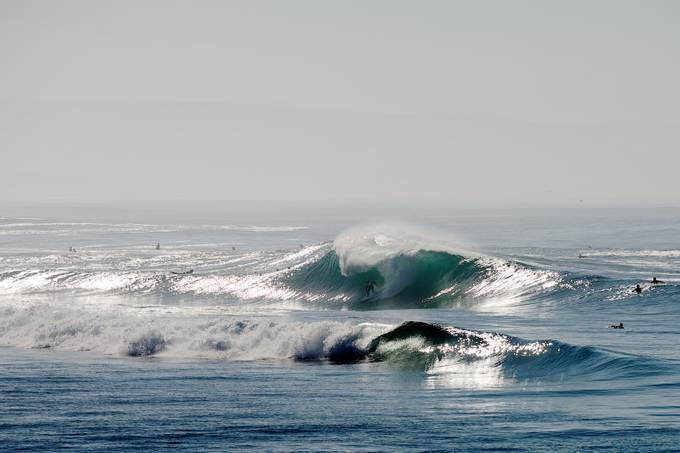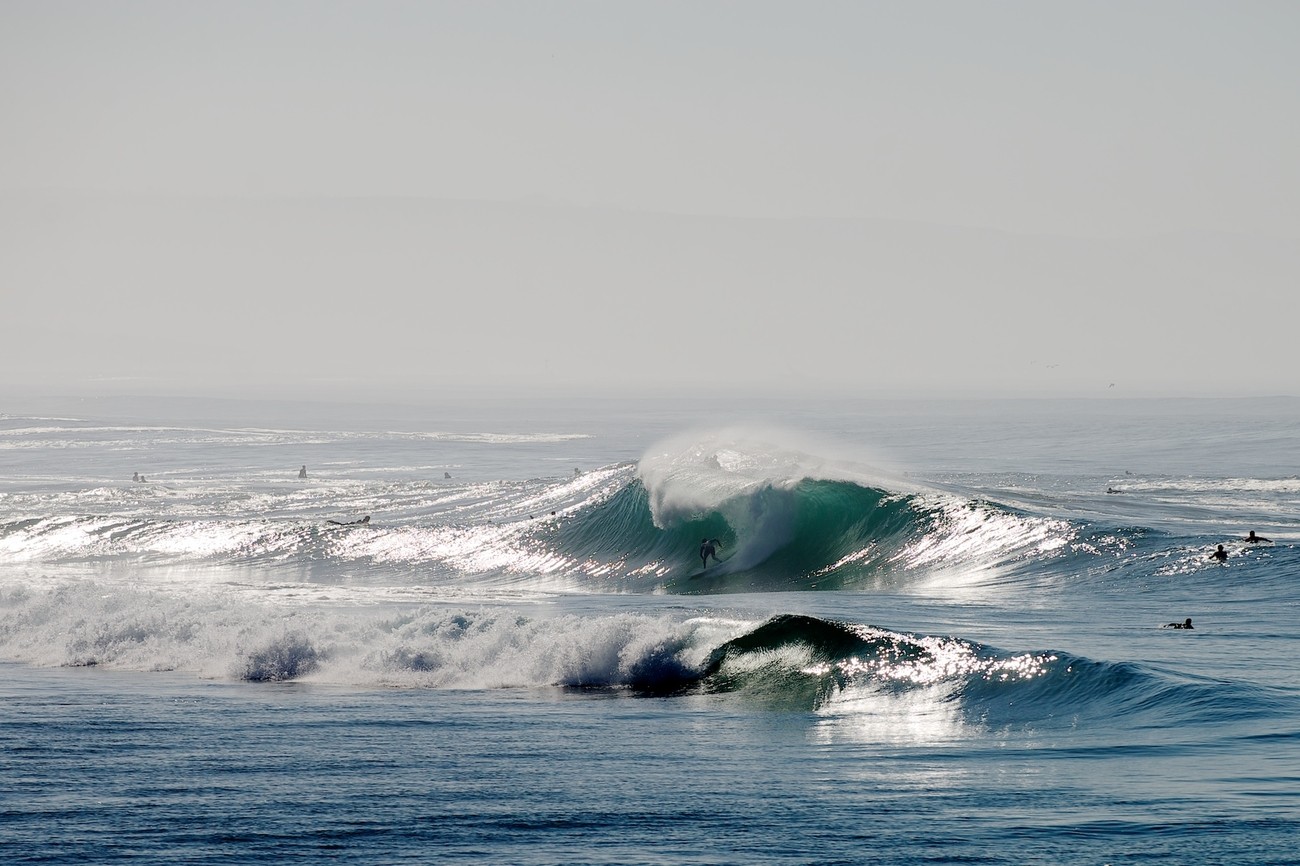In 2013 Benjamin was honored as a finalist in the Red Bull Illume action and adventure sports photography competition, and his finalist image is currently touring the world as part of the Red Bull Illume Exhibition. In 2014 he was once again honored as a finalist in the Smithsonian Photo Contest, as well as profiled by National Geographic Adventure. His images have been published in local, internationally based, and internationally distributed magazines; numerous web campaigns; billboards; advertising mailers; and TV commercials. Some of his clients include: Surfing Magazine, Surfer Magazine, National Geographic Adventure, and Surfline.com. Benjamin is the guest judge in the Spring 2015 Photo Contest.
1. Know your sport: This may seem trivial…but it’s important. There’s more to shooting sports, especially action sports, than snapping a technically proficient image. Each sport is different. You need to be able to predict what action is about to happen so you can capture the peak of that action, and capture it well.

2. Know your camera’s settings: Our cameras have a zillion settings these days. Many, if not all of the programmed setting modes are geared towards the inexperienced photographer. They adjust to the average level of information shining through your lens, and tweak that towards pre-determined, a-typical settings to a given type of photography (sport, portrait, night, etc.). The camera is not intuitive enough to know if your subject is in the shadow that encompasses only ten percent of your image. This breakdown is often an exaggeration, but you may indeed find this is the case when composing your shot (think of a surfer under the lip of a barreling wave on a bright, sunny day…). That is why ninety percent of the time you’re going to want to shoot in Manual. You’re the photographer. You know what the conditions are and the look or effect you’re after. If you’re shooting in constantly changing outdoor conditions, Shutter or Aperture priority modes can be immensely useful—just be sure to check your histogram and compensate your Exposure Values (+/-ev) as needed.

3. Use a fast shutter speed: In sports, the inverse focal length rule falls short. You’re not just looking to stop the minute movements from camera shake, but freeze the action of your subject as well. Typically even in a sport like soccer you want freeze not just the athletes running on the field, but the motion of a leg in mid kick, or the ball that’s just been kicked. Things often move even faster in action sports. In a cutback turn a surfboard will be moving significantly faster than the surfer or wave; a bmx bike will be moving significantly faster during a tail whip than the rider is through the arc of his jump; similarly when the wheel of a dirt bike is spinning while powering through the lose dirt on a track. This is most easily achieved by keeping your shutter speed over 1/1000.

4. Dumb-down the focus tracking: Sometimes the camera is too smart for it’s own good. In surfing and other action sports where there are many elements all moving at the same time, a full 51-point 3d focus tracking system may find and lock onto the wrong element. Using a barreling wave as an example once again, as the wave begins to cover the surfer, or as a section breaks and crumbles over or in front of the rider, a 3d multi-point system will often find and lock onto that newest, foremost object: the water (!); losing focus on your intended subject: the surfer. From practical experience and discussions with other surf photographers, it’s best to tone down the focus tracking settings. It’s still beneficial to use your camera’s tracking system, but you should experiment and find a range or setting that works best for yourself.

5. Move your feet: Constantly be looking for new angles, new vantage points, and new compositions. Don’t stay stationary. Move away from the crowd or the angel you’ve seen before. Do you typically setup in the same spot? Wander around and look for a new location; move towards an extreme angle; climb a cliff, tree, or drainpipe. If you’re shooting a water sport, get a water housing and shoot from both the land and water with a variety of lenses. Traveling to or shooting at a new, widely known, or even famous location? Setup and get that classic shot if you’re after it, but move on once you have- it’s already been seen before, so try to make something new. At an event or location where there are a lot of other photographers? Move away from the herd. If/when others follow you, get your shot and move again.

Visit Benjamin's website to see more of his amazing shots!


